A pressure control valve is a type of control valve that regulates the pressure in the system to regulate the torque of the hydraulic motor shaft or the force of the hydraulic piston rod. The pressure control valves are usually used to create extreme pressure within the system and avoid overloading.
They keep the outlet pressure permanently at the fixed point and at the same time protect the system from overloading. These types of valves are designed for economical pressure control in an accumulator-operated circuit which is employed as an emergency control power source.
Functions of Pressure Control Valves of PCVs
From the term itself, it is clear that the primary function of each PCV is controlling the pressure. Other benefits that pressure control valves provide are:
- Sequential control
- Restrained movement control
- Managing the load
- Limiting system pressure
- Controls the pressure in the selected section of the circuit
- Sequence motion
- Actuator sequence control
- Pump loading and unloading control
- Protecting systems from overpressure
Pressure control valves are used in almost every hydraulic and pneumatic system. They perform different functions from maintaining system pressure below specific limits to maintaining set pressure levels in loop sections. The efficient working of the pressure control valve is very important to ensure the efficient working of the system.
Types of Pressure Control Valves
The pressure control valve or PCV has the following four major types:
- Pressure Relief Valves
- Sequencing Valve
- Pressure-Reducing Valve, and
- Counterbalance Valve
1) Pressure Relief Valves
Maximum pneumatic and hydraulic drive appliances are planned to work within a specific pressure range. This pressure range is the force function that the actuators in the system need to produce to perform the desired task. Without regulating these forces, they may damage expensive power parts and equipment.
A pressure relief valve may prevent your system from this hazard. This valve limits the extreme pressure in the system by venting excess gas when the pressure is too high. The cracking pressure is the limit of the pressure at which the relief valve first opens and fluid flows.
As your valve bypasses the maximum rated flow, it has the maximum flow pressure. The main difference between cracking pressure and full flow pressure is occasionally denoted as differential pressure or bypass pressure.
Sometimes, this pressure release may not be a problem. Wasting energy on stray gas from the valve before the maximum setting is reached can be harmful. This may increase the extreme system pressure beyond the ratings of other parts. Click here to learn about pressure relief valve sizing and types.
2) Sequencing Valve
Circuits with multiple actuators may require the actuators to move in a definite sequence or order. Limit timers, switches, or other digital control units used in conjunction with sequencing valves can be used to achieve this.
A sequence valve is a normally closed, two-way valve that controls the order in which various functions occur in a circuit. They are similar to direct-acting safety valves, but the spring chamber is generally vented to the outside rather than internally vented to an outlet like a relief valve.
Sequencing valves allow compressed fluids to flow to a second function only after the precedence function has been accomplished and satisfied first. Closing the sequence valve permits fluid to flow freely to the main circuit and performs the 1st function until the valve pressure setting is reached.
Cylinders can also be sized according to the load they must move to achieve the desired sequence. The cylinder that needs the lowest pressure to move expands first. At the stroke end, the system pressure improves and the 2nd cylinder extends.
In many applications, space constraints and power needs dictate the size of the cylinder. In such cases, sequence valves are employed to activate the cylinders in the desired order. Sequence valves may have check valves that permit reverse flow from the secondary circuit to the primary circuit.
However, the sequence actions are only provided when the flow is from the parent loop to the child loop. In some applications, an interlock prevents the sequence from occurring until the main actuator reaches a certain position. This happens remotely.
3) Pressure-Reducing Valve
The pressure-reducing valve is one of the most efficient types of pressure-control valve. It is used for maintaining low pressure in pneumatic systems. It is typically a two-way valve that opens and closes when there is enough downstream pressure.
pressure-reducing valves have the following two types:
- Direct acting valve
- Pilot operated valve
A direct-acting valve is a pressure-reducing valve that limits the extreme pressure available in the secondary circuit irrespective of pressure variations in the primary circuit.
This assumes the workload produces no backflow into the reducing valve port, in which case the valve will close. The pressure-sensing signal comes from the secondary circuit.
This valve is normally closed and senses the inlet pressure so it works in reverse to the relief valve. When the outlet pressure reaches a specific pressure, the valve closes and only a small amount of gas escapes from the low-pressure side of the valve. It usually flows via the orifice in the spool.
The spool of a pilot-operated pressure-reducing valve is hydraulically balanced by the downstream pressure across the valve. The pilot valve exhausts enough air to position the spool so that the flow rate through the main valve meets the requirements of the pressure-reducing circuit.
High-pressure gas leaks into the pressure-reducing section of the valve and returns to the tank through a pilot-operated relief valve. This type of valve usually contains a larger spring adjustment range and better repeatability than direct-acting valves. But in hydraulic applications, oil contamination will block flow to the pilot valve and prevent the main valve from closing properly. Click here to learn more about pressure-reducing valves.
4) Counterbalance Valve
The counterbalance valve is normally closed and is most commonly employed to maintain precise pressure on a section of the circuit, typically to balance weight. The valve design is best suitable for balancing external forces or counteracting weight in the press to prevent free fall. The primary port of the valve is linked to the rod end of the cylinder and the secondary port is linked to the directional control valve. The pressure is fixed somewhat more than necessary to prevent the load from free-falling.
When hydraulic fluid flows to the head end, the cylinder extends, increasing pressure at the rod end and moving the main piston within the valve. This generates a flow path for the fluid through the secondary port to the directional control valve and reservoir. When the load increases, the built-in non-return valve opens and the cylinder can contract unhindered.
A counterbalance valve can be remotely operated to relieve cylinder back pressure and increase power at the bottom of the stroke if required. As the cylinder is extended, the valve should be open and its secondary port linked to the reservoir.
Pressure Control Valve Applications
The pressure control valves are most commonly used in pneumatic and hydraulic systems. These valves also help in a variety of functions, from keeping system pressures safely below a desired upper limit to maintaining a set pressure in part of a circuit. Major applications of PCV are found in:
- Air compressors
- Boiler houses and distribution mains.
- Tracer lines.
- Small tanks.
- Acid baths.
- Unit heaters.
- Small heater batteries.
- OEM equipment.
- In inlet of the flow of load in pressure reactors.
- Aircraft and Aerospace
- Cooking water pressure reduction.
- Oxyfuel welding and cutting.
- Propane/LPG gas – industrial. transportation and storing.
- Mining industries
- Tooling and Automation
Further Studies and Video Courses
If you wish to enhance your knowledge further then you can have a look at the following online video courses:


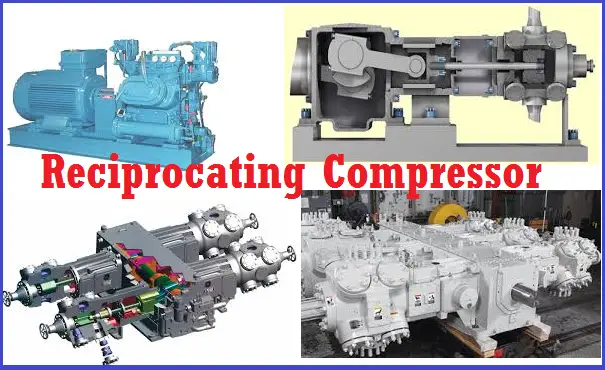
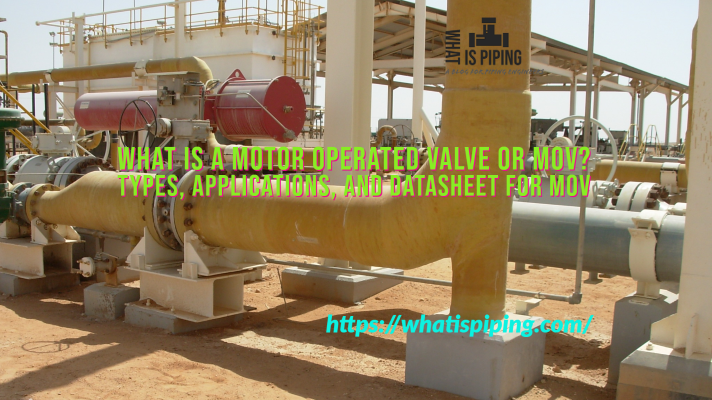
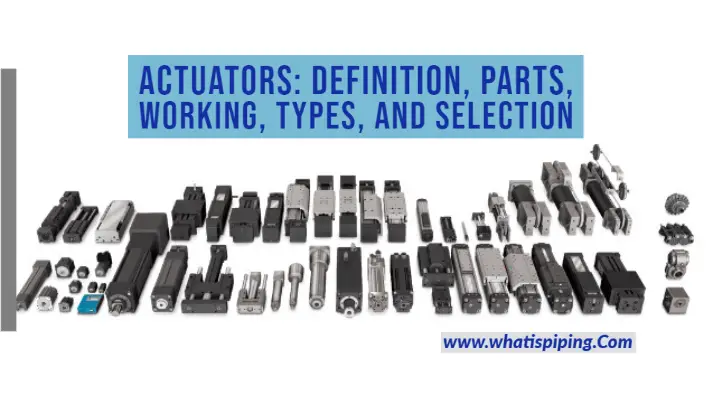
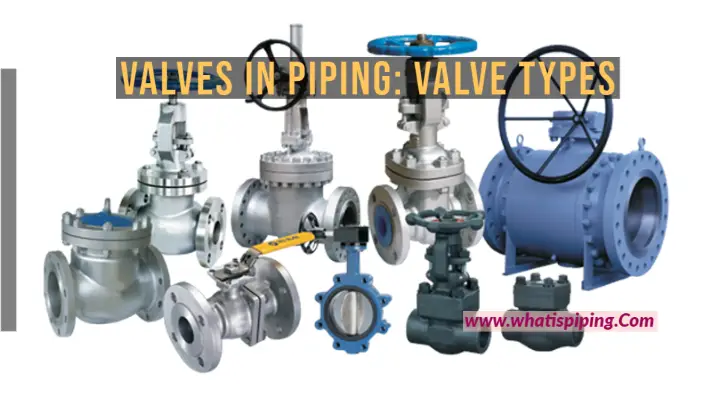
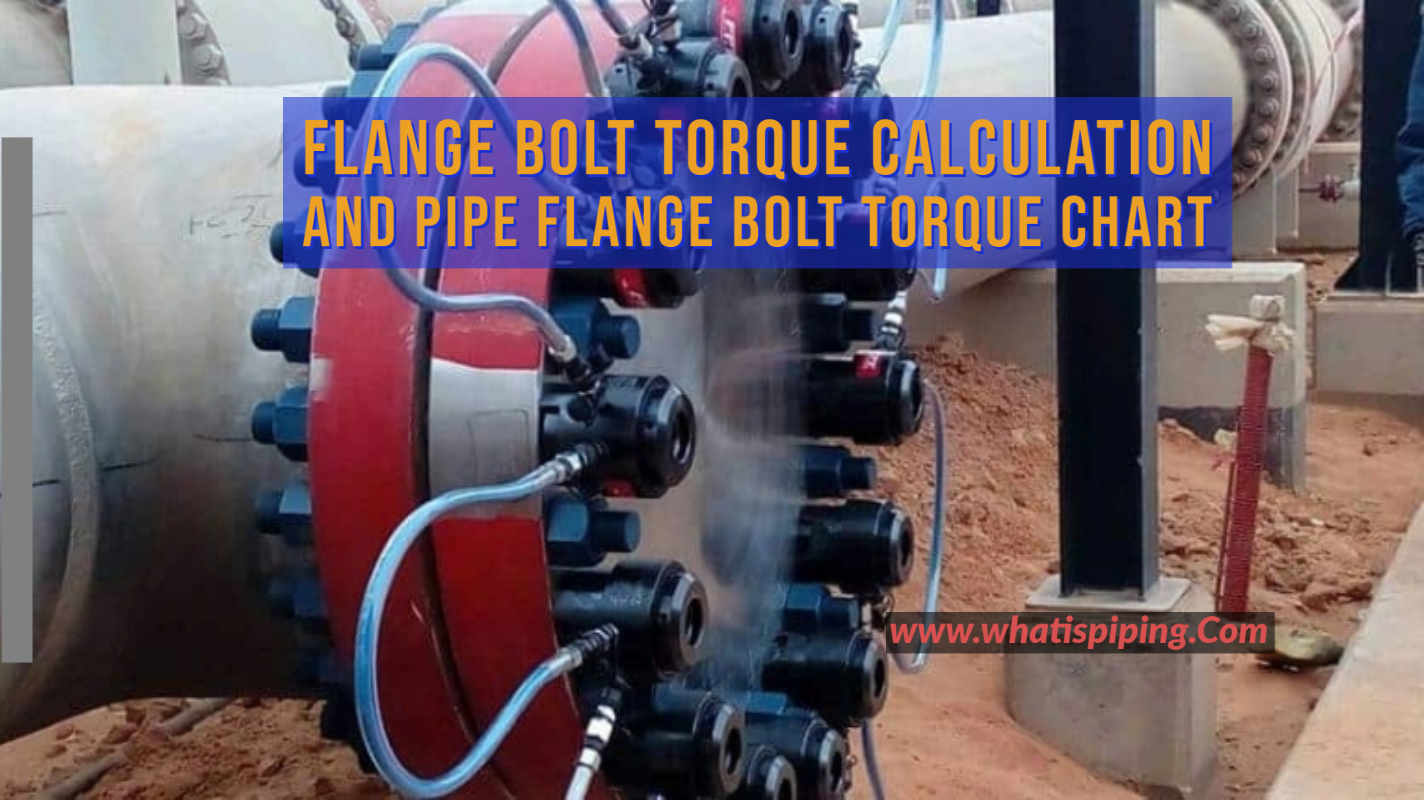

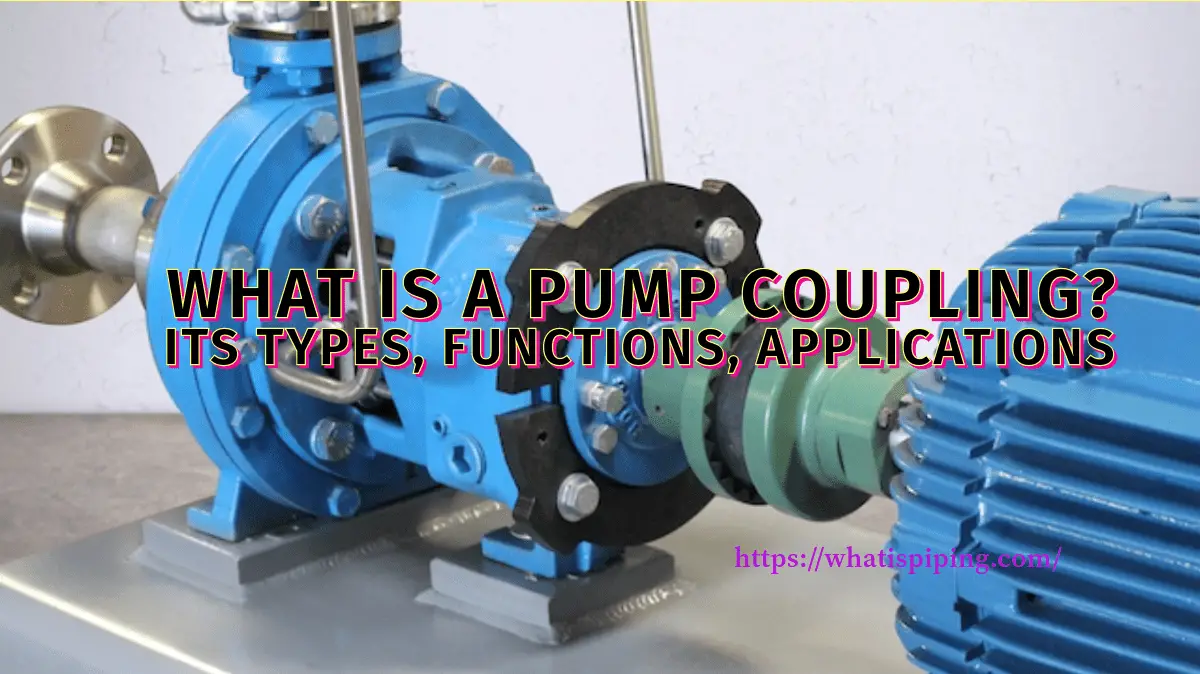
I am thoroughly impressed by the depth of knowledge and analysis presented in this industrial blog..